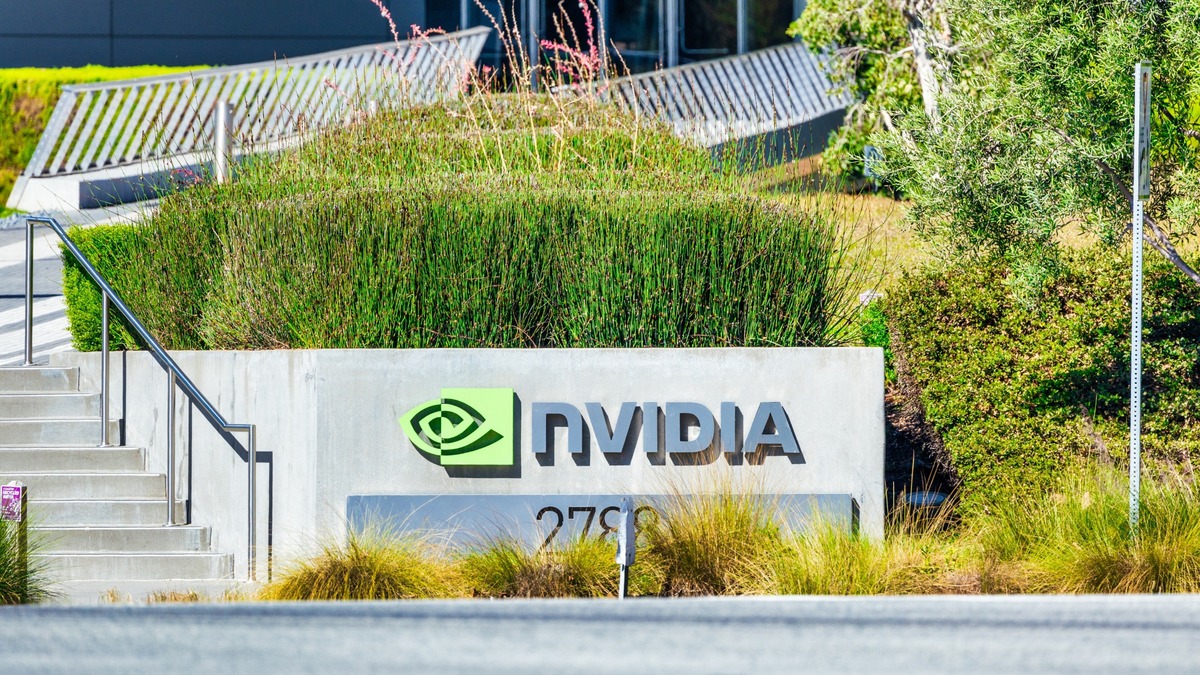
With Trump’s trade war mushrooming, investors weigh whether the Nvidia market capitalization 2025 soaring value reflects real AI momentum, or just a fragile market shaped by geopolitics.
NVIDIA has become the crown jewel of the AI revolution, crossing a $4 trillion market cap on the back of unprecedented demand for its chips and software. But as U.S. tariffs tighten under Trump-era trade policies, questions are emerging about the sustainability of this growth.
The Nvidia AI market growth potential infrastructure is unmatched—its GPUs underpin everything from cloud-based machine learning to autonomous vehicles. In Q1 2025 alone, NVIDIA reported an 80% year-over-year surge in revenue from AI data center solutions, reinforcing its “AI Everything” strategy.
Still, this growth is taking place under increasing geopolitical pressure US tariffs on Chinese tech imports now average 51.1%, and critical minerals, such as lithium and rare earth elements, face added scrutiny under Section 232 investigations.
These policy shifts will reshape the industry’s global supply chains, with consequences for profitability and innovation.
Tariffs, Margins, and the Threat of Fragmentation
Nvidia market capitalization 2025, like others in the sector, faces higher costs as it adjusts to sourcing materials from US-aligned regions. While its current gross margins remain strong at 65%, prolonged tariff pressures may erode its edge.
Trump’s tariff regime is accelerating reshoring efforts, with Intel and TSMC investing heavily in US-based semiconductor production. Although this shift supports domestic manufacturing, it brings higher upfront costs and logistical complexity.
“The Business Roundtable warns that Section 232 investigations into critical minerals could drive input costs higher,” analysts highlight, pointing out the reliance of Nvidia’s chips on elements like cobalt and hafnium.
Meanwhile, China’s retaliatory tariffs and bans on rare earth exports raise new risks for NVIDIA, particularly if Beijing loosens restrictions on AI tools, allowing Chinese firms to catch up.
Nvidia predicted to reach $4 trillion market cap by 2025
Despite the headwinds, the bull case for NVIDIA remains strong. Investment in generative AI will hit $100 billion annually by 2026 worldwide, and the US CHIPS Act is injecting $52 billion into making semiconductors in the US potentially cutting back on reliance on volatile foreign suppliers.
However, there is a caution against overheating.
NVIDIA’s price-to-sales ratio stands at 22x—far above peers like AMD at 7x—suggesting that investors are assuming faultless execution. And with the likes of Intel and Microsoft introducing competitive AI products, leadership in the market can be tested.
Nvidia market capitalization 2025 fate rests on these two dimensions: whether American trade policy steadies and whether the global supply chains can absorb rising costs without leading to inflation.
Until that uncertainty is resolved, AI keeps Nvidia ahead momentarily, but these paths forward are not by any means certain.
Inside Telecom provides you with an extensive list of content covering all aspects of the tech industry. Keep an eye on our Tech sections to stay informed and up-to-date with our daily articles.